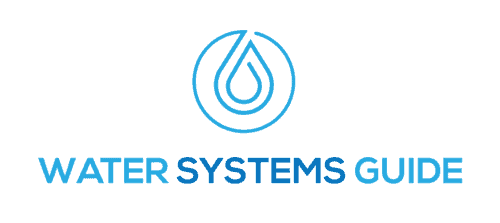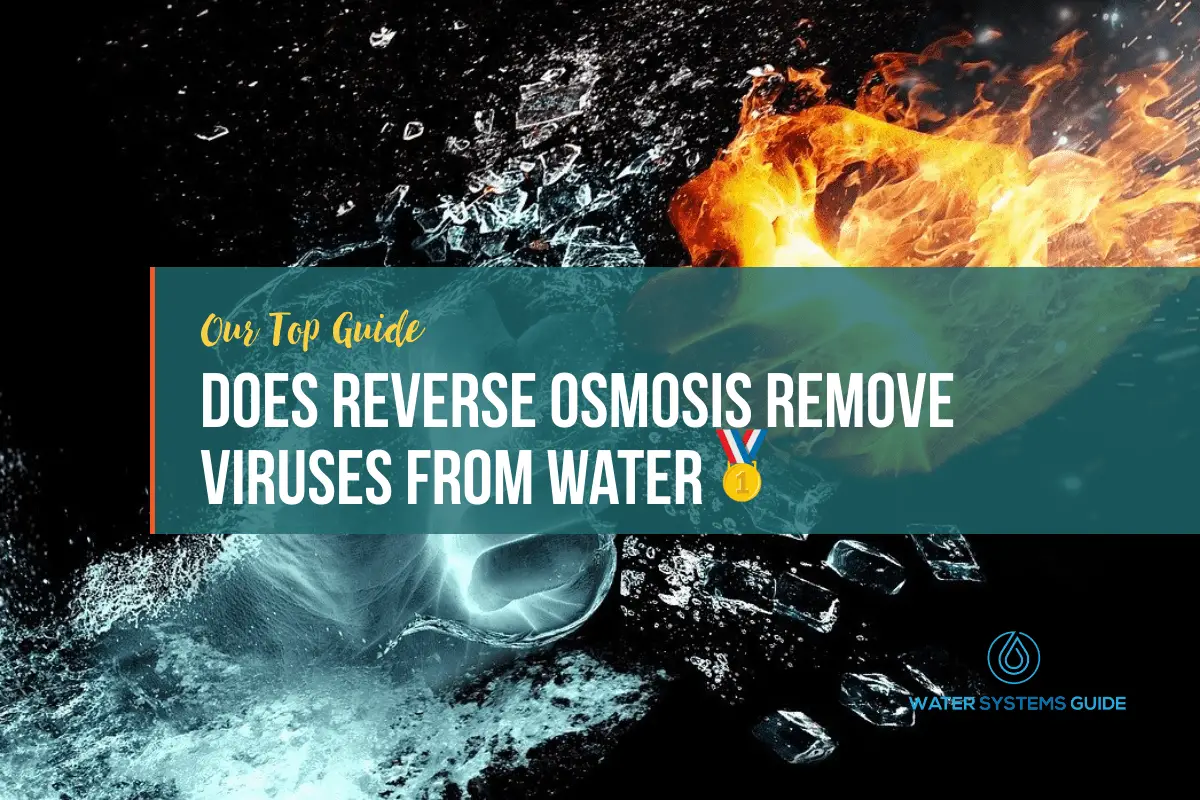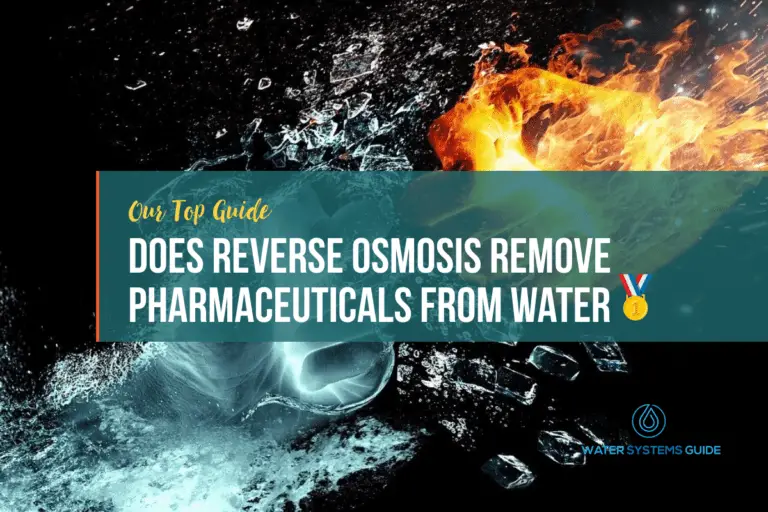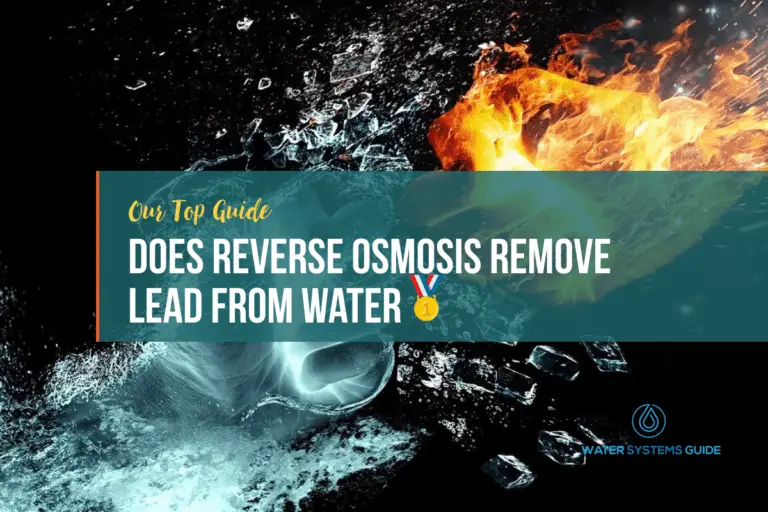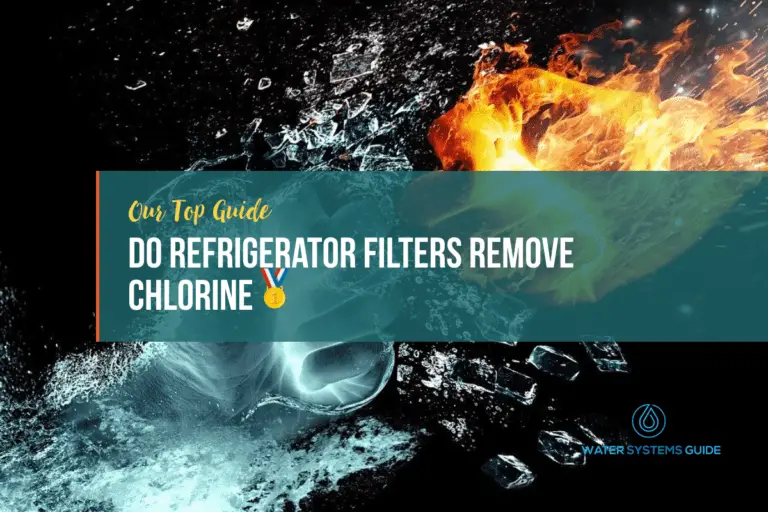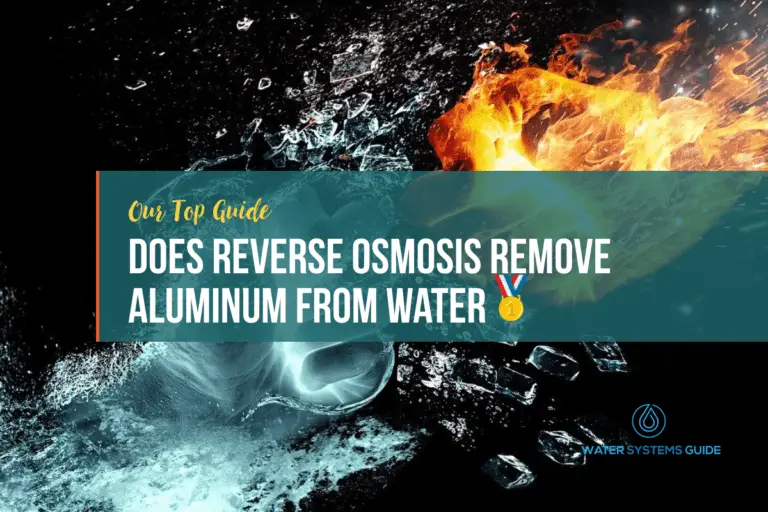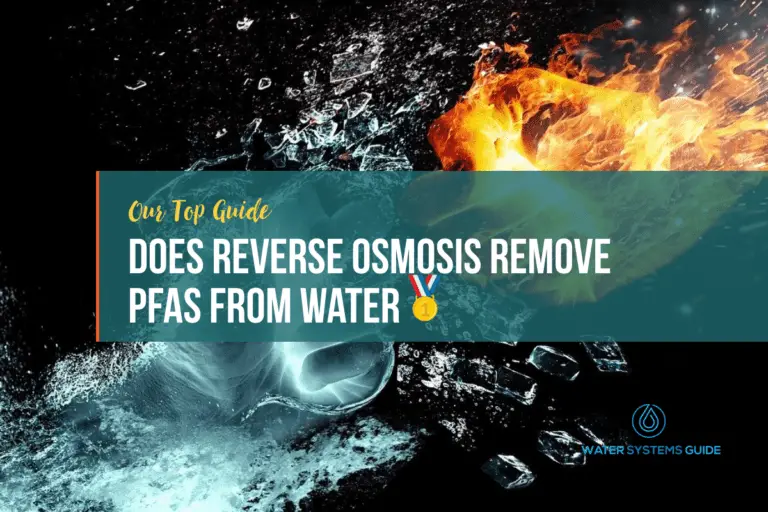Does Reverse Osmosis Remove Viruses From Drinking Water
How Does Reverse Osmosis Work?
What Are Viruses
Biological viruses are submicroscopic infectious agent that replicates only inside the living cells of an organism. viruses can infect all types of life forms, from animals and plants to microorganisms, including bacteria and archaea.
How do viruses get into municipal water supplies
Municipal water is treated with chlorine to kill viruses, but sometimes viruses can get into the water supply. This can happen if the water is contaminated with sewage, or if there is a break in the water treatment system.
If you think your municipal water may be contaminated with a virus, you should contact your local health department.
How do viruses get into well water
There are many ways for viruses to get into well water. The most common way is for them to be carried in by animals or humans. They can also be present in the soil and can enter the water through cracks in the well casing. Another way is for them to be carried in by flooding waters.
The Impact of Viruses on Human Health
Viruses have a significant impact on human health. They are responsible for causing many diseases, including the common cold, flu, and chickenpox.
In some cases, viruses can also lead to more serious illnesses, such as HIV/AIDS and Ebola. Viruses are also a major concern for public health officials because of their potential to spread quickly and cause widespread outbreaks.
With that being said, we can understand why you’d want to remove virus’ from the water that you drink or consume.
Does Reverse Osmosis Remove Viruses?
Reverse osmosis (RO) is a water purification technology that uses a semipermeable membrane to remove ions, molecules, and larger particles from drinking water.
In general, RO can remove most types of dissolved and suspended contaminants from water, including bacteria and viruses.
According to the CDC, RO is highly effective at removing the following virus’: Enteric, Hepatitis A, Norovirus, Rotavirus
With that being said, it’s important to use a system that treats water for all of your home, as opposed to just one faucet. This is why a point-of-entry (POE) system, such as a whole-house RO unit is highly advised, as opposed to a point-of-use (POU) system, such as an under-sink RO system (Connecticut Department Of Health).
What Else Does Reverse Osmosis Remove?
Reverse osmosis also removes other contaminants from water, including fluoride, chloride, calcium, arsenic, chloramine, heavy metals, pesticides, and pharmaceuticals.
Unfortunately, RO does remove healthy minerals in water, such magnesium, sodium, potassium and calcium
While most municipal water supplies in the United States are required to meet strict safety standards set by the Environmental Protection Agency (EPA), trace amounts of these and other contaminants can still end up in tap water. That’s why many people use reverse osmosis systems to further purify their drinking water.
How Else Can I Remove Viruses from My Water Supply?
There are other ways to remove viruses from your water supply, these include:
- Microfiltration
- Ultrafiltration
- Nanofiltration
- Distillation
- UV Treatment
Each of these systems has its own advantages and drawbacks, which you can read more about here.
Conclusion
In conclusion, does reverse osmosis remove viruses? Yes, it does. It is also a safe and affordable method of water filtration, filtering many harmful water contaminants including several types of bacteria.
